Planning Transportation Like a Pro
by Eddie Stewart, CEO
[written for Small Market Meetings, July 2016]
We often say that event and meeting transportation is the outcast of meeting planning. It’s not glamorous and it’s not immediately associated with the overall attendee experience. Of course, if it’s not done right, you better believe it will be the number one complaint on your post-event survey. To sum it up, meeting transportation is a big deal.
We understand that not everyone has the budget to hire a transportation management company like ours, and that’s okay! However, we care about transportation too much to let any attendee suffer through a poorly executed shuttle program. We’ve compiled a few of our best planning tips to ensure that transportation doesn’t show up on your post-event survey.
Attendee Profile: What is the average age of your attendee? Younger attendees are more likely to use public transportation, ride sharing services or walk. Older attendees are usually more reliant on the shuttle service. You might also want to know whether they are familiar with the city. Are they on a tight budget? How many typically stay in a hotel room?
Shuttle Frequency: Do you plan to offer a continuous shuttle service? If so, what is the frequency of service required? Every 5 minutes, 10 minutes, 15 minutes? The more frequent the service, the more buses you’ll need on a route.
Map it Out: Group hotels into districts and neighborhoods to establish bus routes. It’s important to maintain a reasonable round trip time. We recommend no more than five stops on any one route.
Room Blocks: How many attendees are staying at each hotel? How many booked outside of your room block? This information is crucial when determining how many buses to allocate to each route.
Previous Year: Do you know how many attendees utilized the shuttle service the previous year? How does this year’s schedule compare to the previous year? Even if registration is up this year, understanding how attendees utilized the service the previous year will help give you a more accurate idea of how many buses you need this year.
Weather: What is the weather like this time of year? If it’s hot, cold, or typically rainy, you want to minimize the amount of time your attendees have to wait outside for a bus. This may mean that it makes sense to increase shuttle frequency by adding more buses to a route, or providing a tent to help shelter attendees from the elements.
Peak times: Identify the times where ridership will be highest. These are the times when you will need more buses running on each route to ensure your attendees arrive at their destination in a timely manner.
Drive the Routes: If possible, drive the routes yourself a few weeks before the meeting starts to confirm the total time it takes to make a round trip. You can also use this opportunity to check for any unexpected construction or changes to hotel drop-off and pick-up locations.
Do Your Math: We usually estimate that 70% of attendees will utilize the shuttle service. Most full-size motorcoaches can hold approximately 55 people, but you should account for luggage, bags, presentation materials and any other unforeseen item an attendee may have with them when they board.
Booking Buses: When determining how many buses you need for each route throughout the day, it’s helpful to know that most bus companies have a five hour booking minimum. If you need buses all day, you will need to account for driver breaks or switches, which may take a few buses out of service for a certain amount of time.
Social Media: During your meeting, keep an eye on Twitter. This is usually where attendees go to voice issues or frustration with any aspect of the meeting, including transportation.
Permits, Police & Insurance: Some cities require permits to stage buses in certain areas. Additionally, you may need police to assist with traffic flow. Convention and Visitors Bureaus can be an excellent resource when determining these types of needs.
If this sounds overwhelming, it can be! And sometimes it makes more sense to let a company like ours handle your transportation. The benefit of working with a transportation management company is that we handle everything mentioned above, and then some. But when that’s not an option, we hope these tips will help you create an excellent transportation program for your meeting.
I want to conclude with our biggest tip of all – expect the unexpected. If there’s one thing we’ve learned over the past 26 years, it’s that something will go wrong. You can’t plan for everything, but having a solid transportation plan will help you react and adapt to changes like a pro!














Leave a Reply
Want to join the discussion?Feel free to contribute!